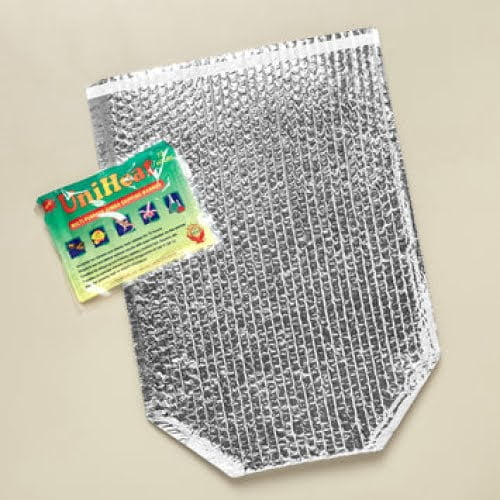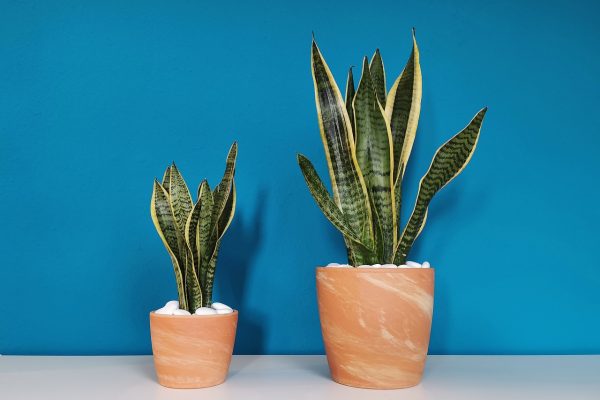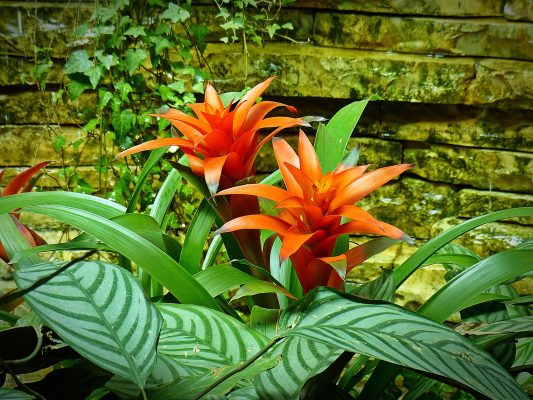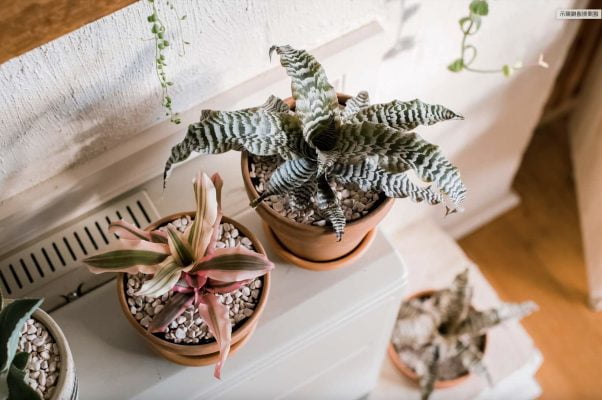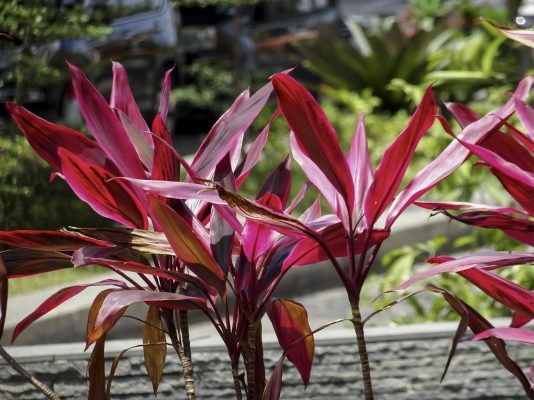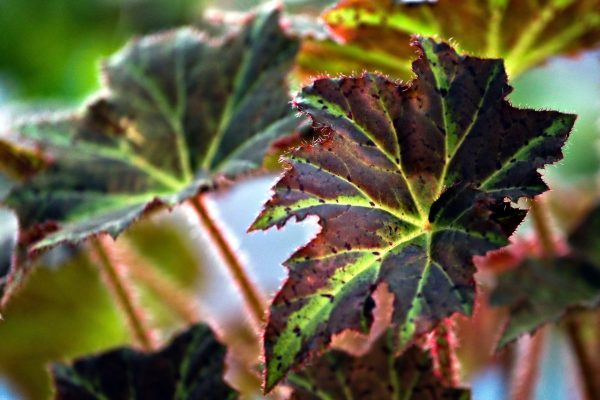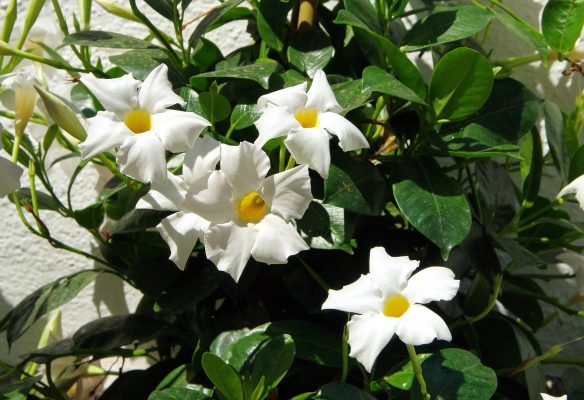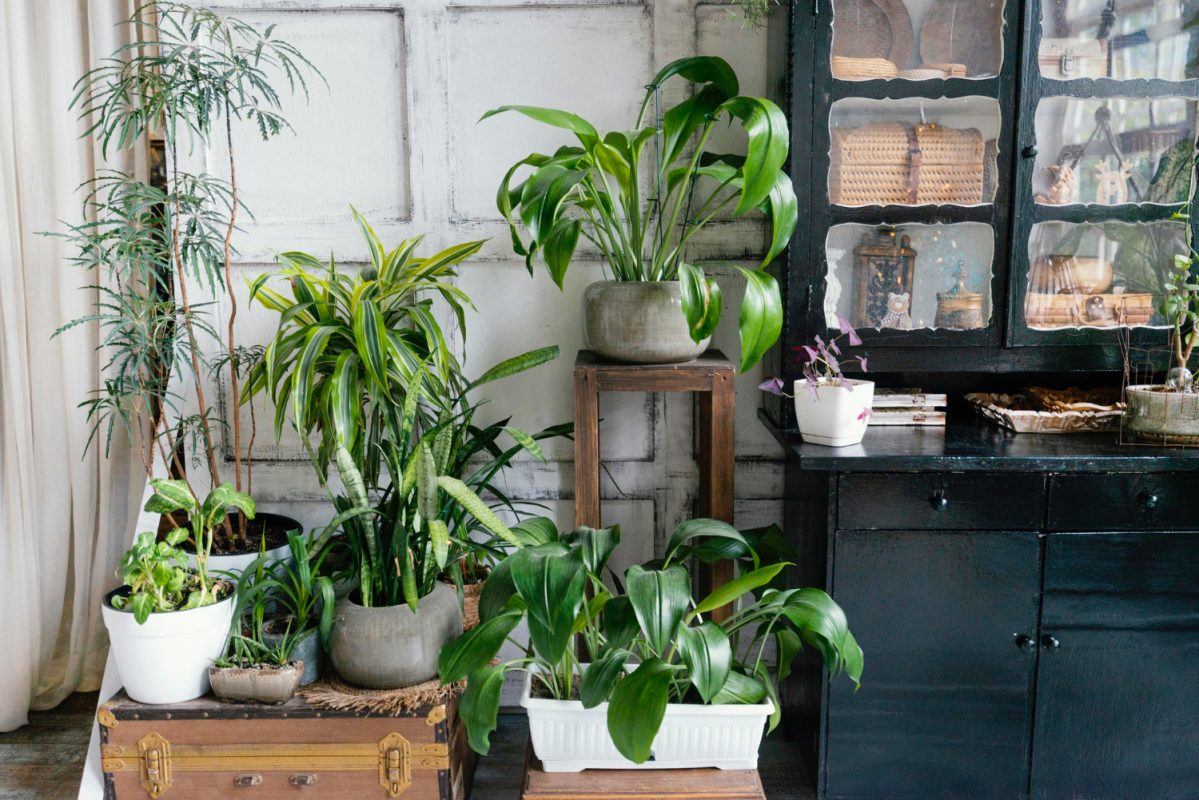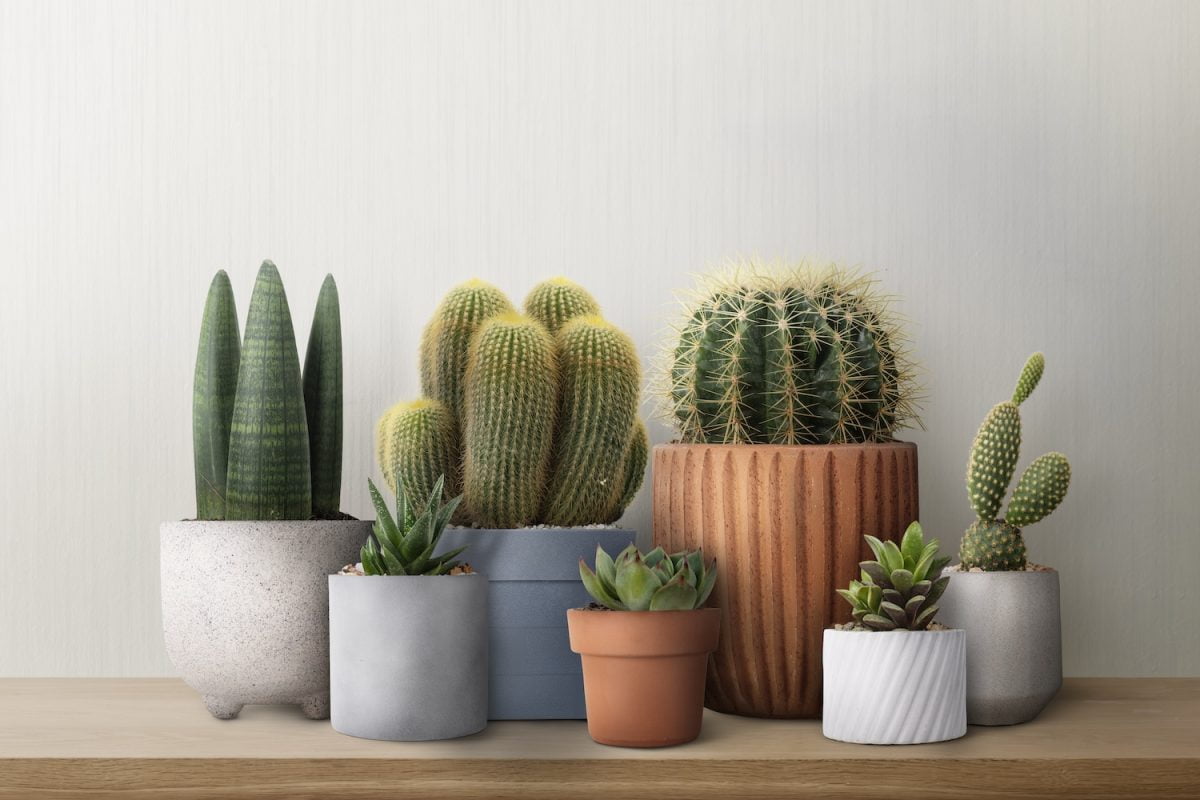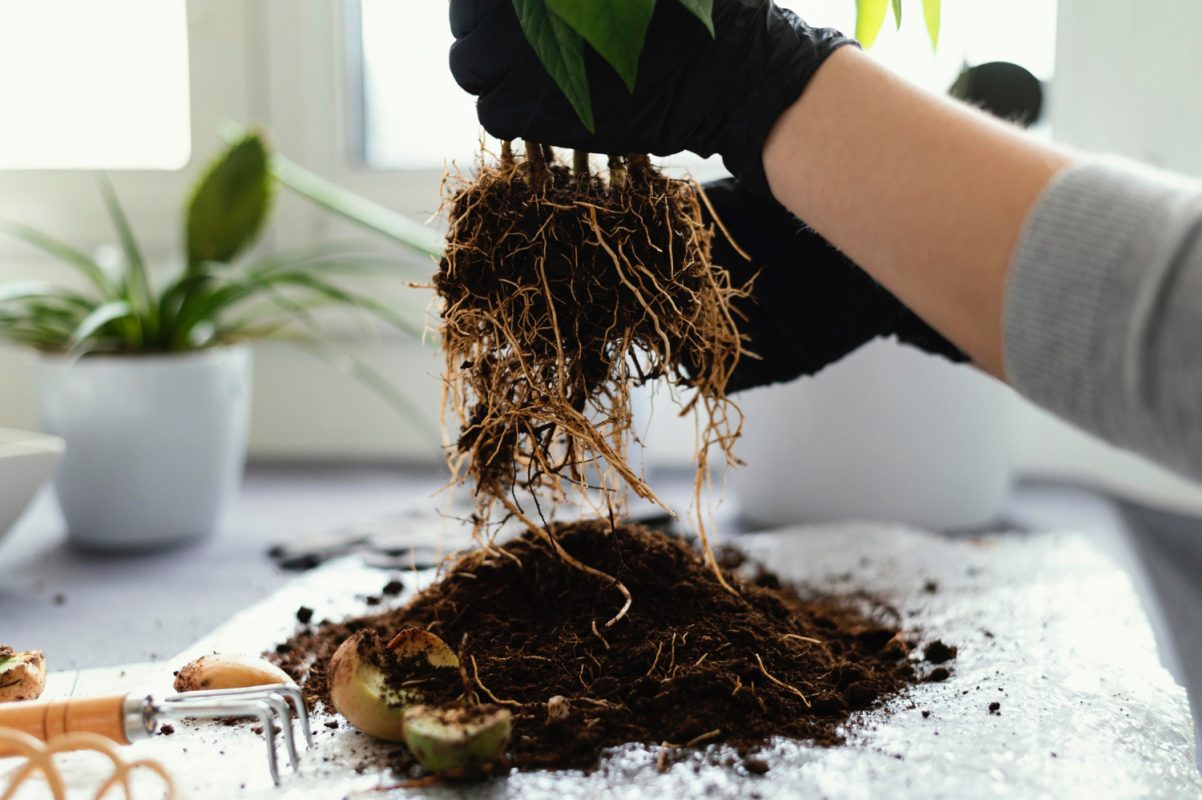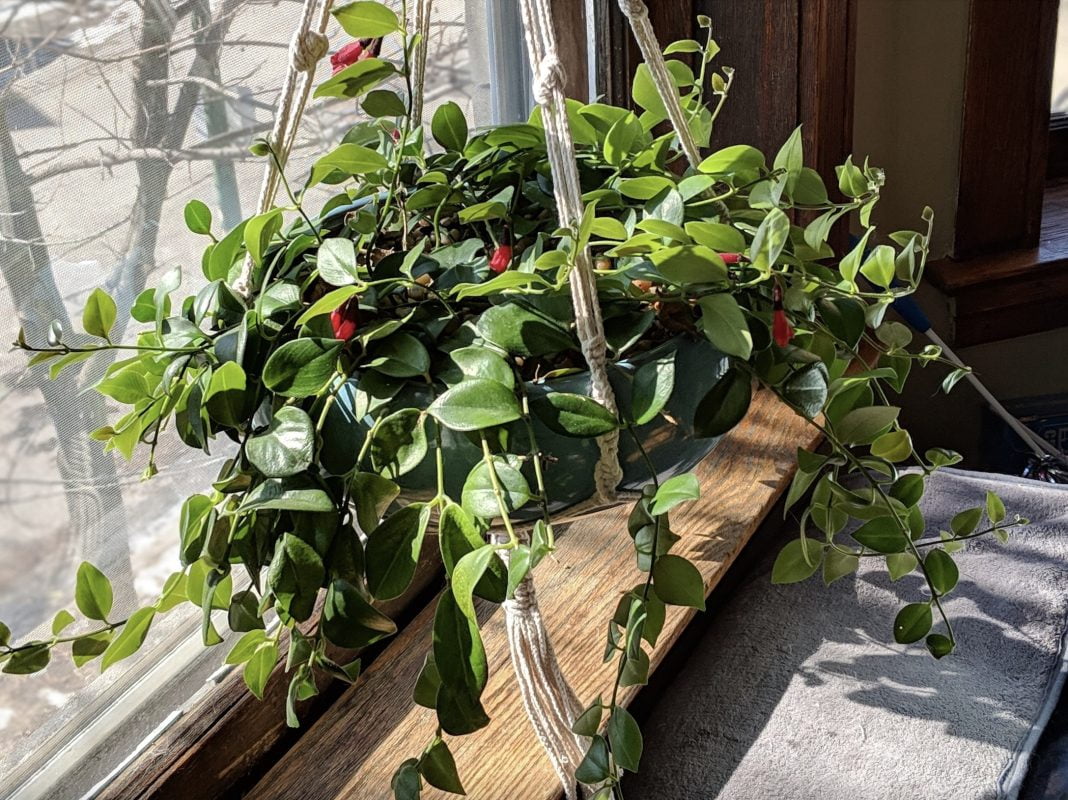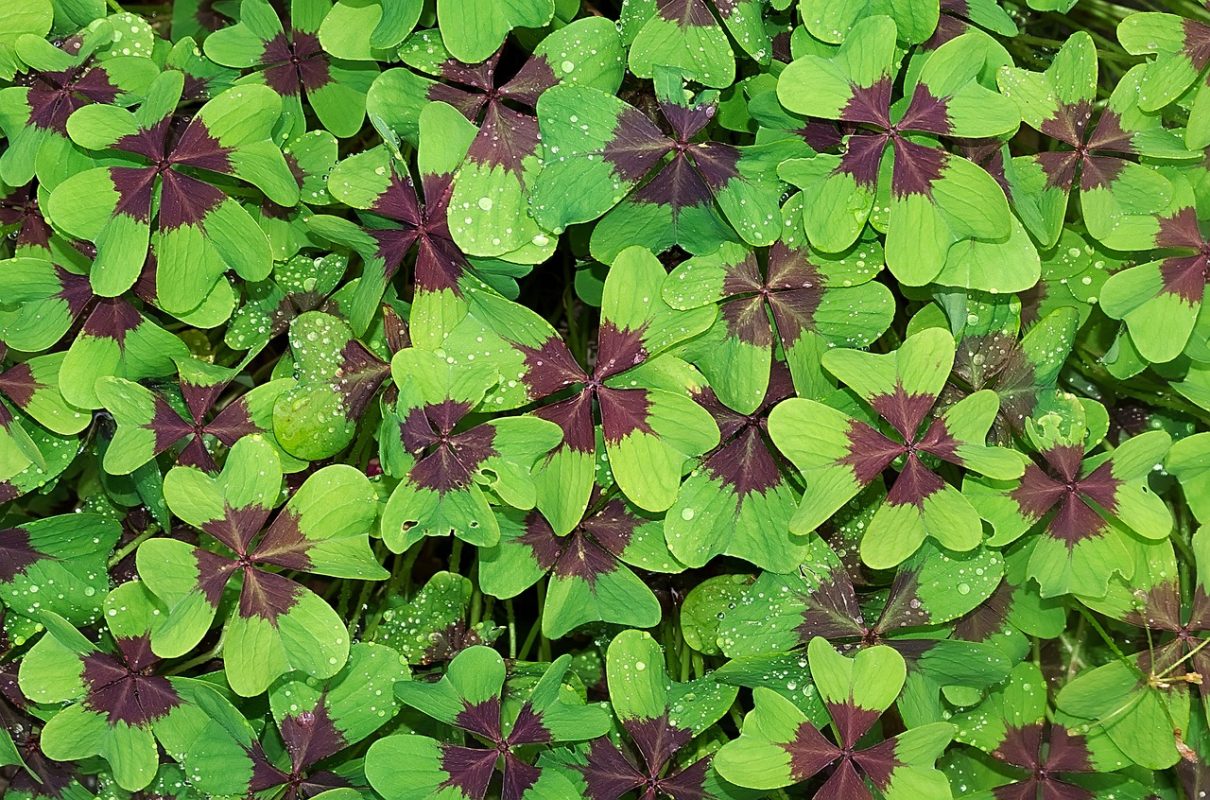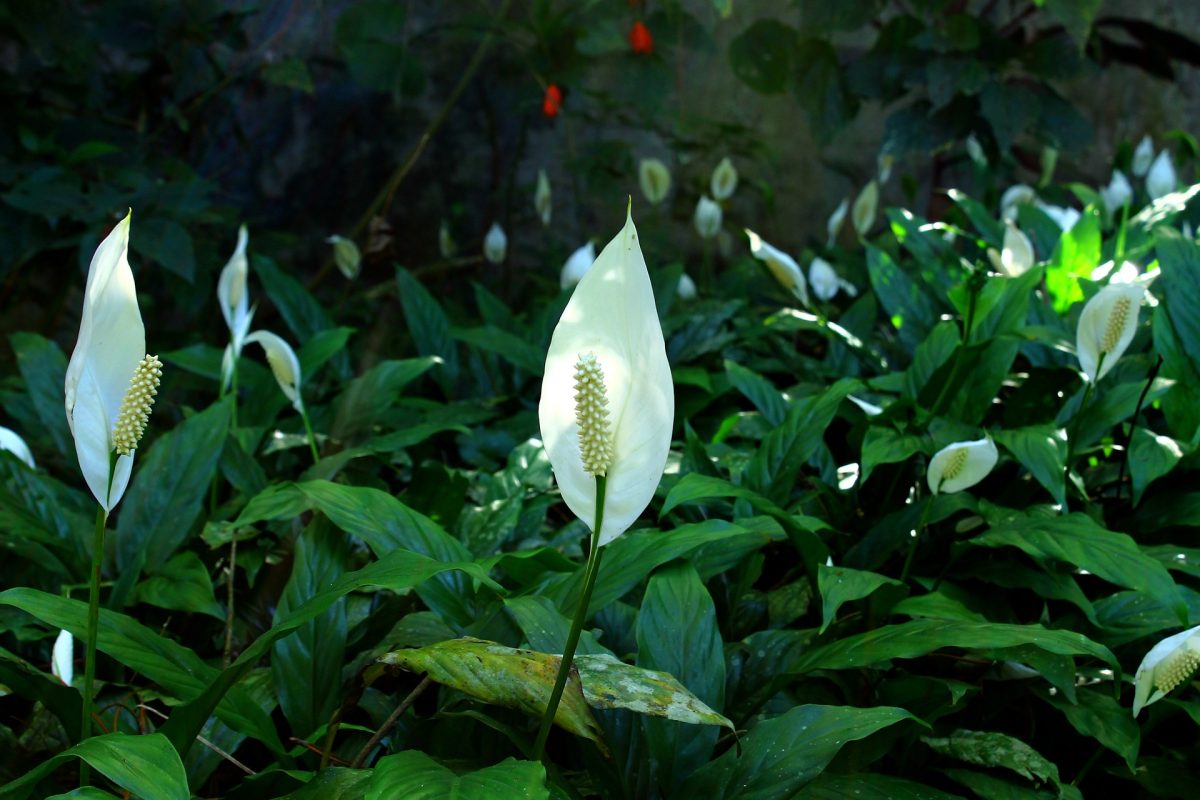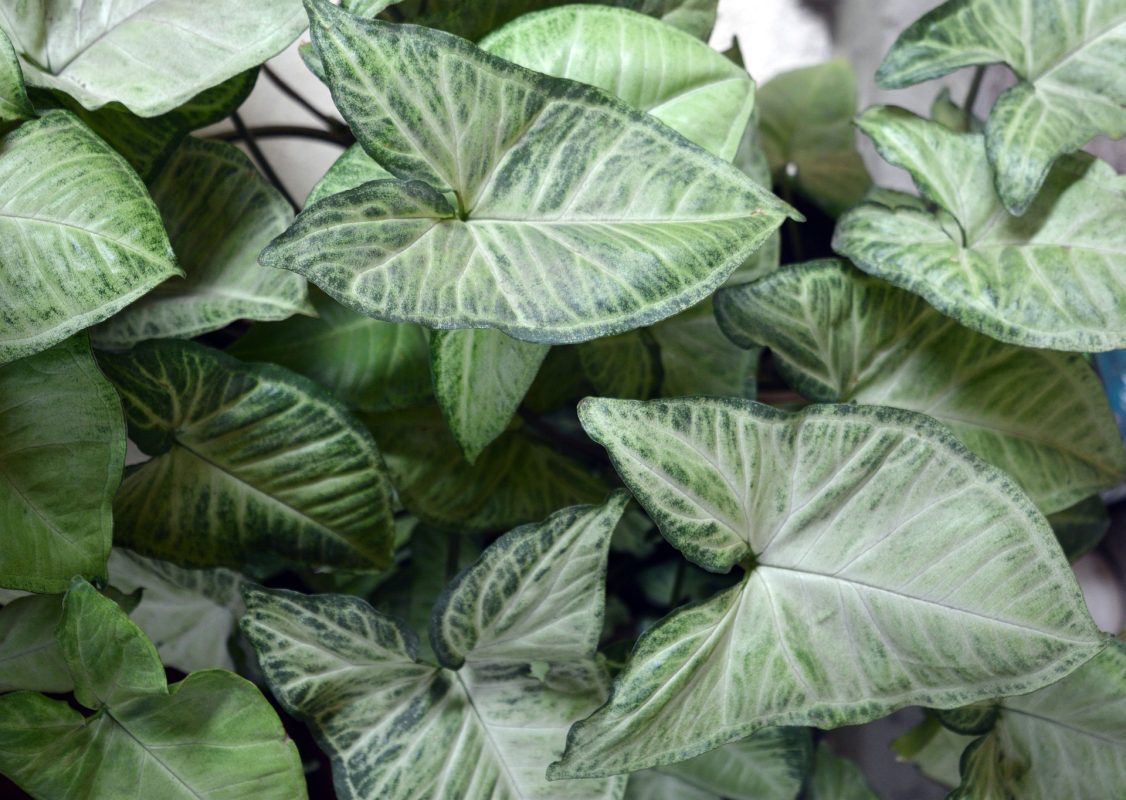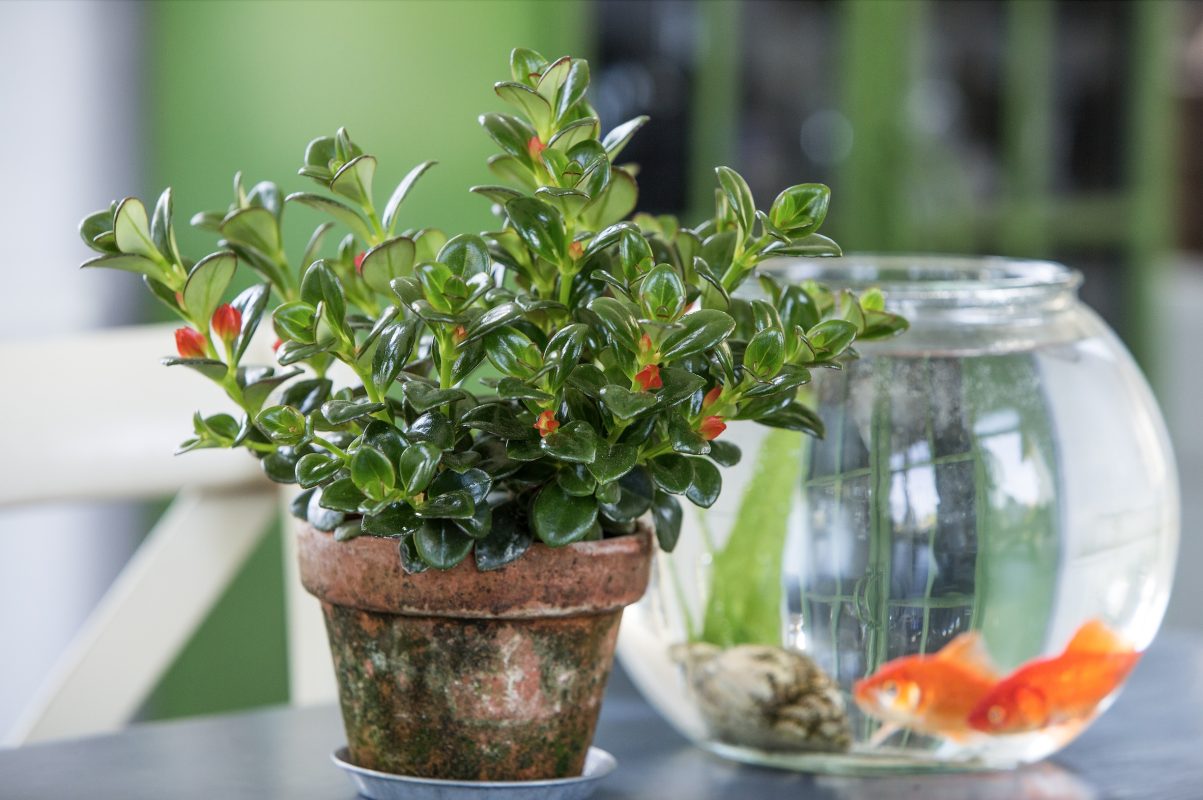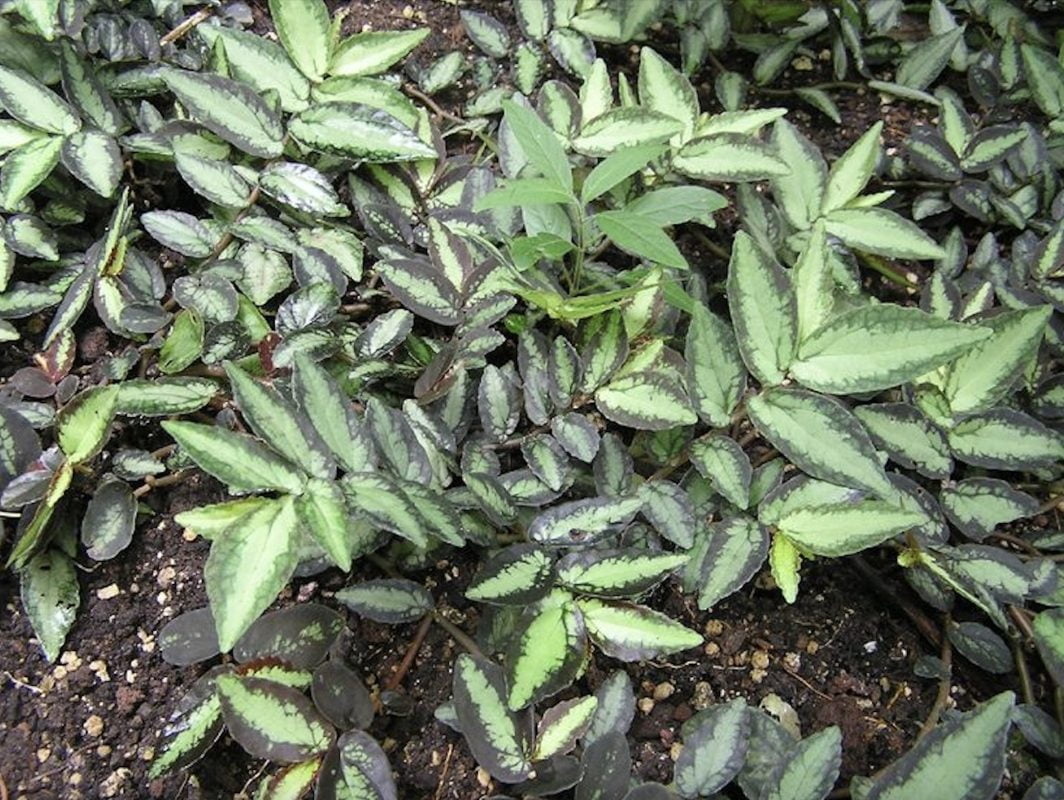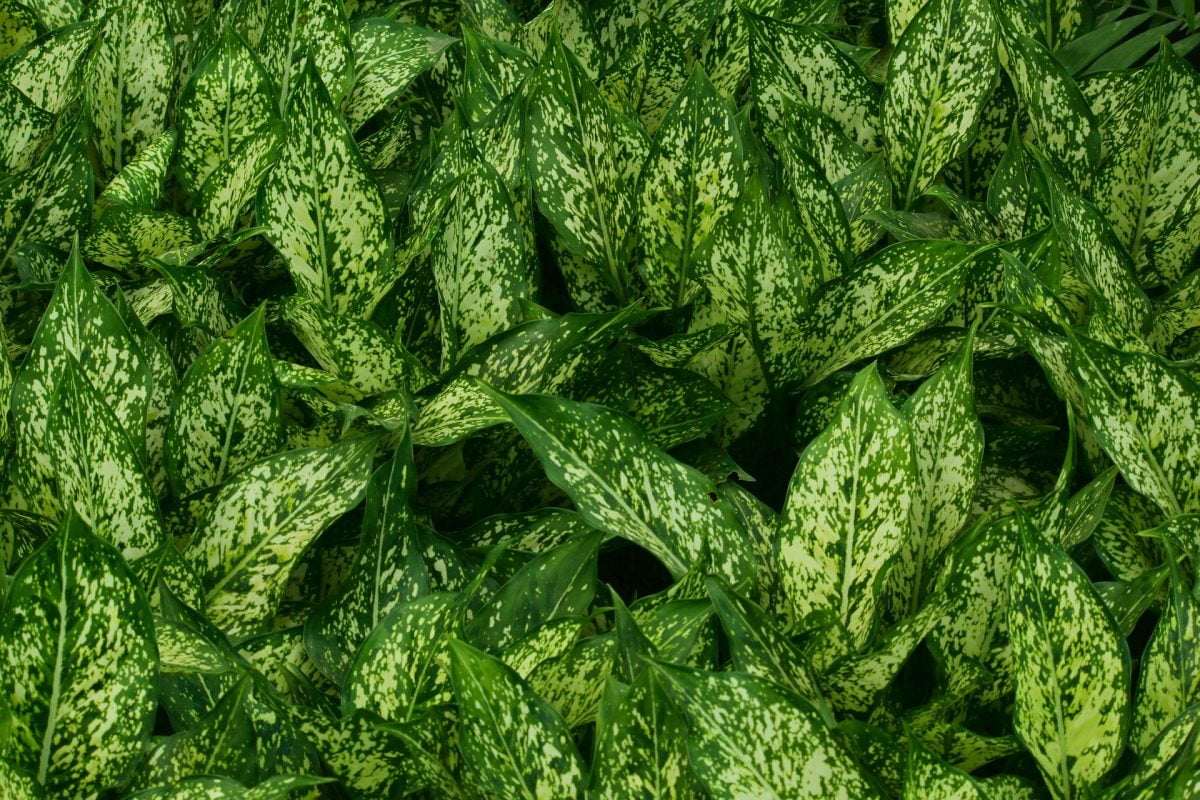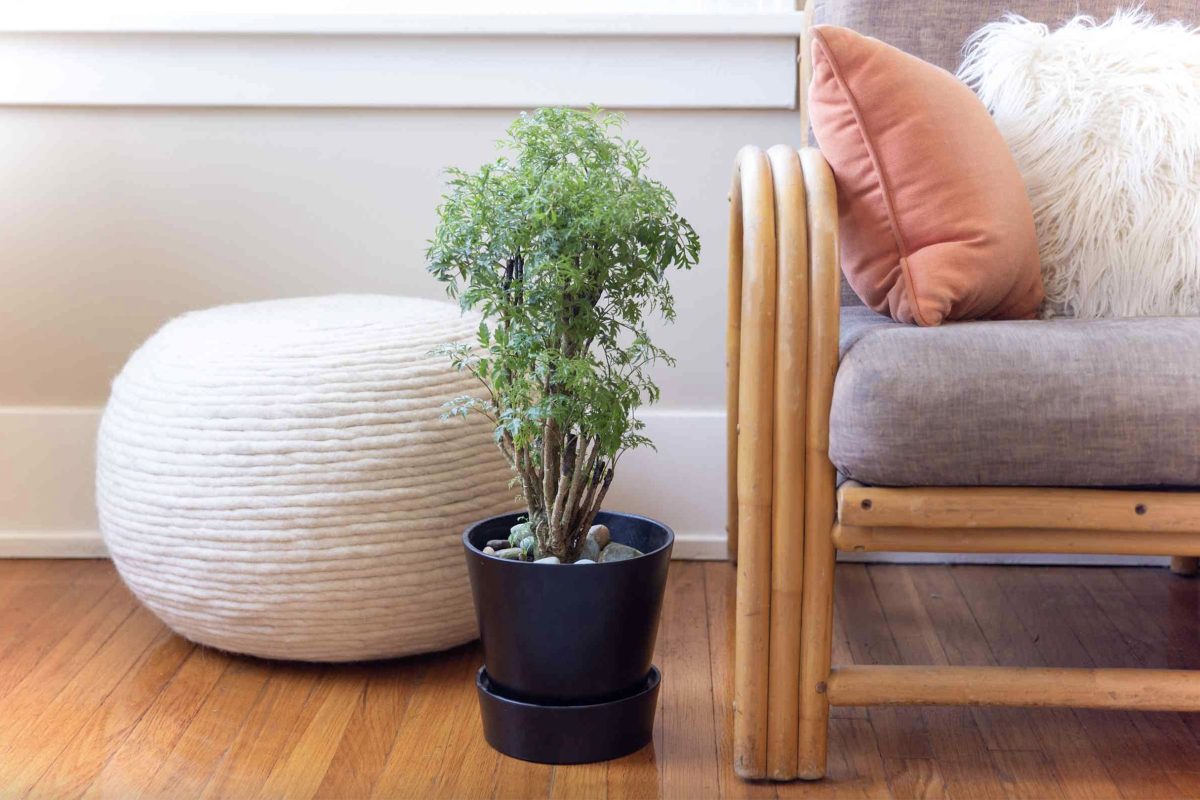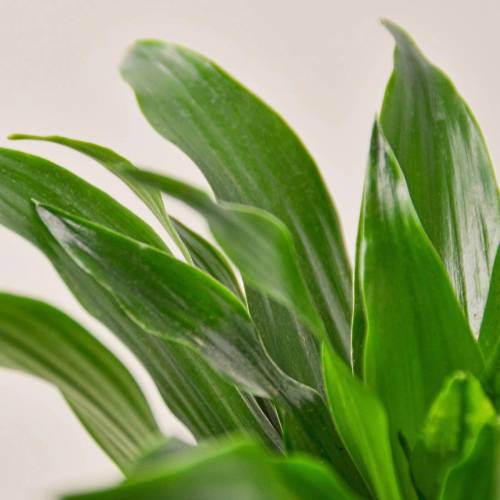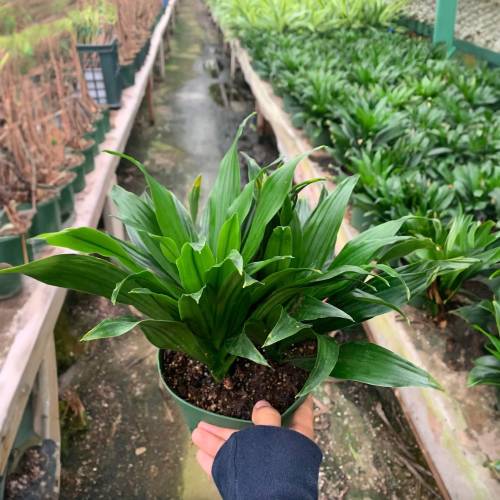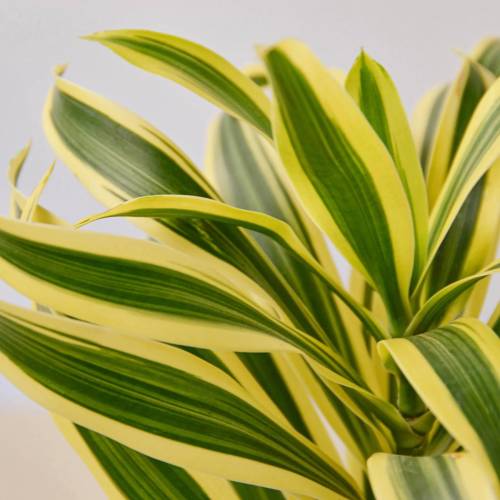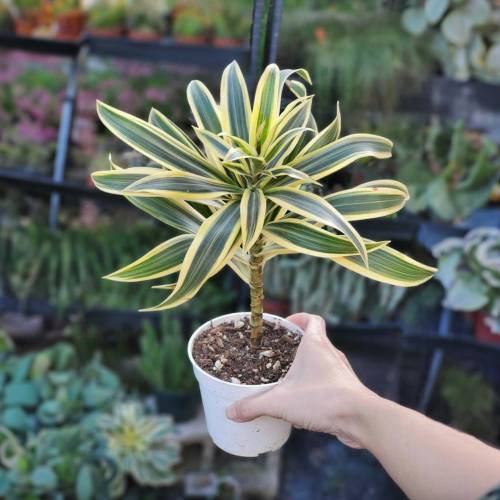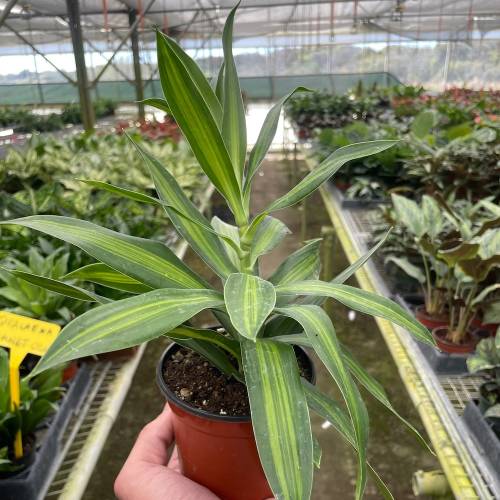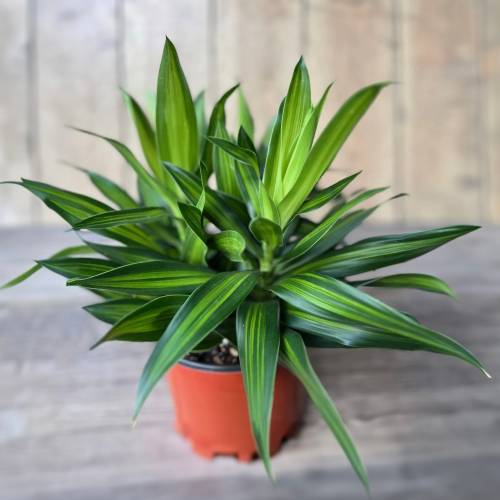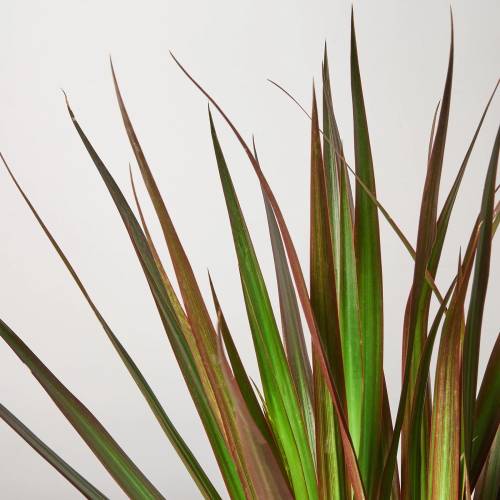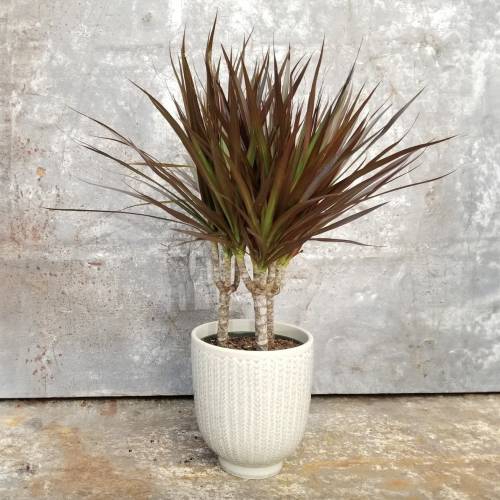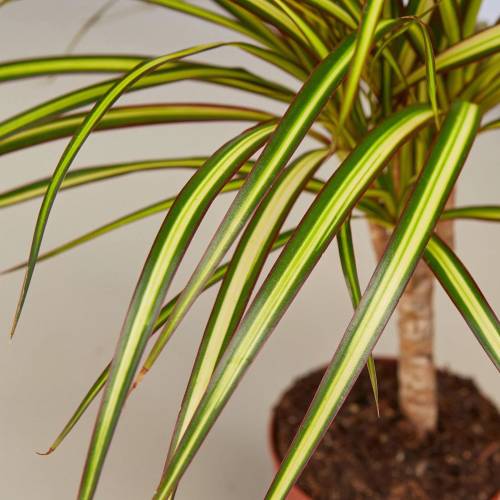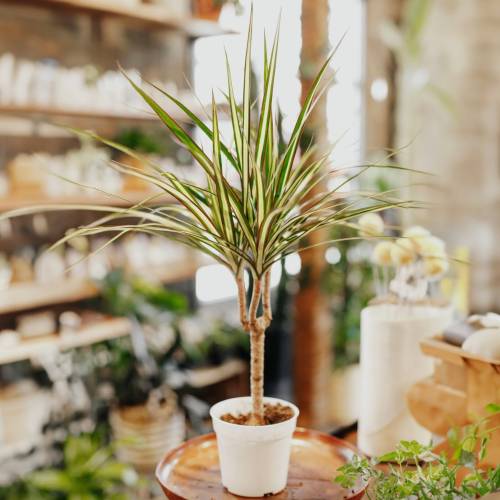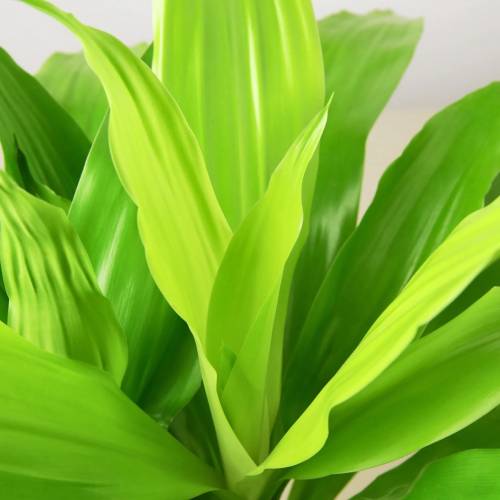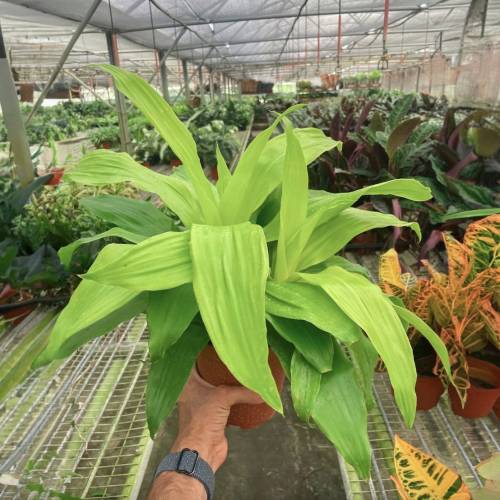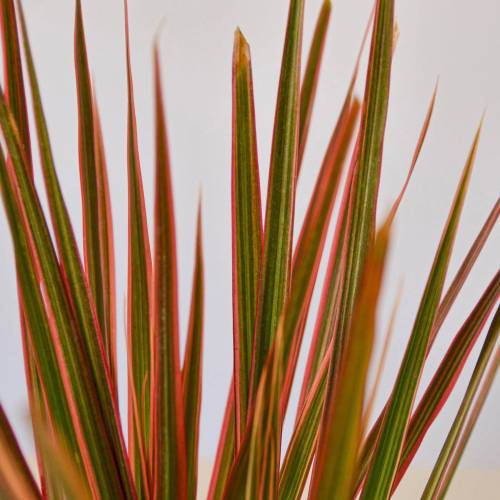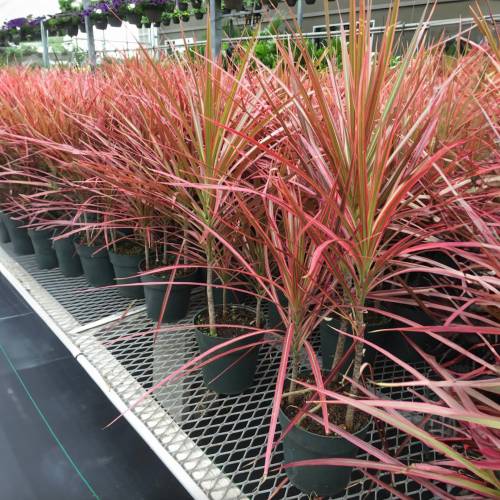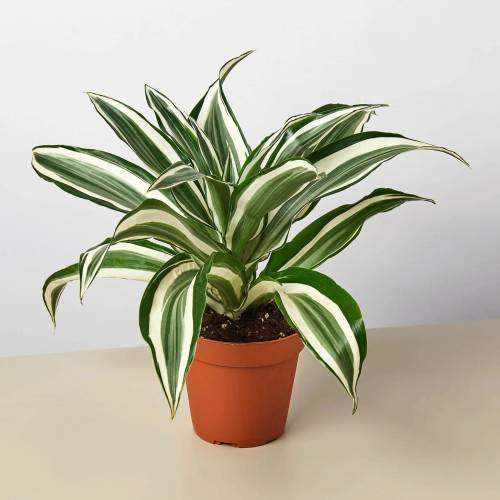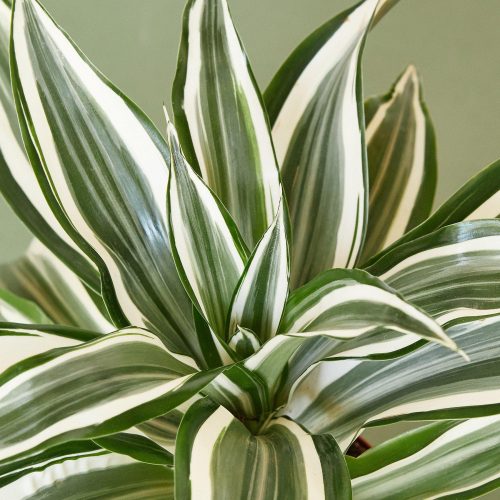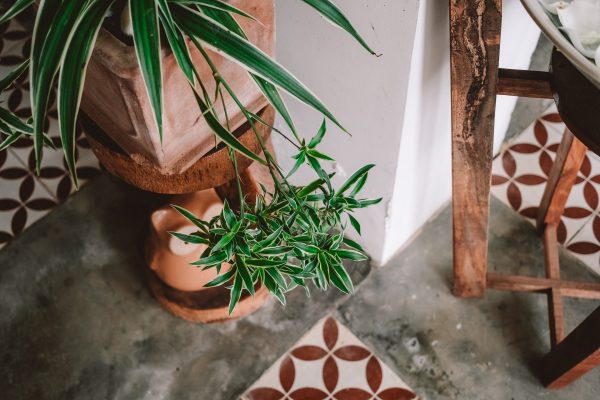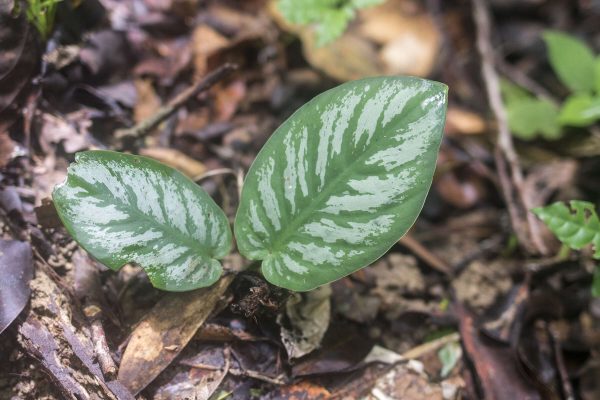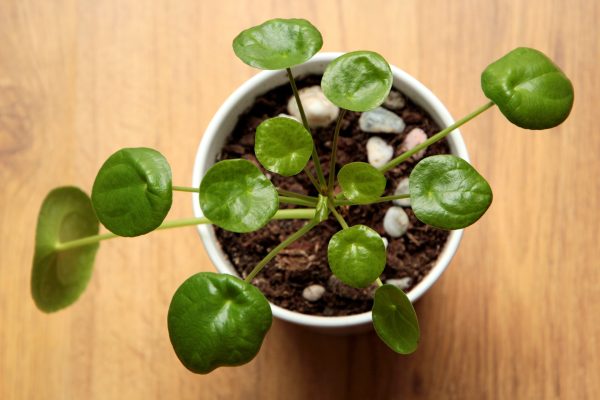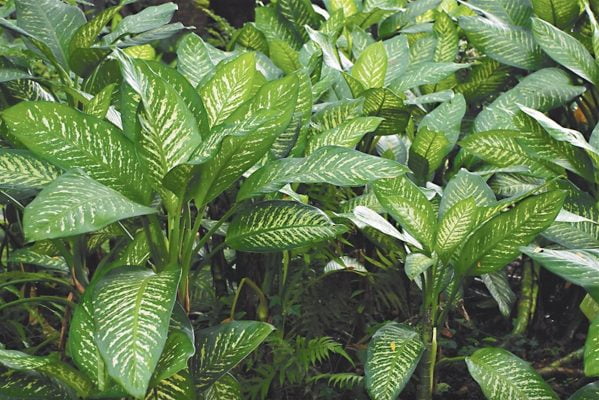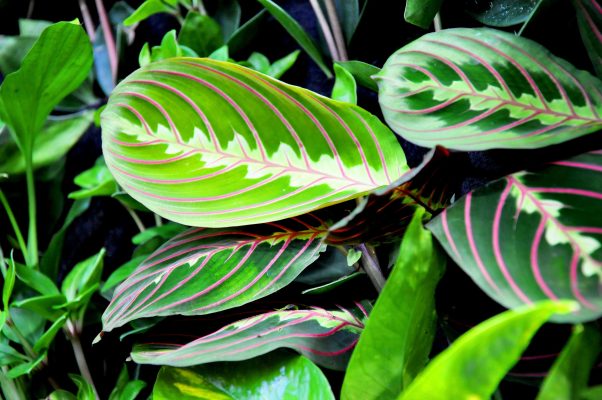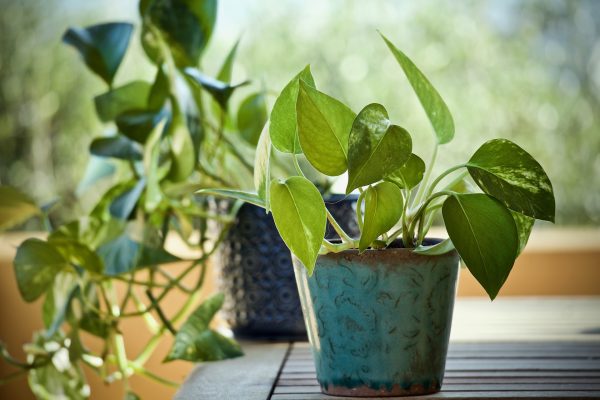Dracaena, a diverse and captivating genus of plants, is prized for its stunning foliage and air-purifying qualities. This comprehensive care guide is your gateway to cultivating the elegance of Dracaena, transforming your indoor space into a haven of lush greenery and improved air quality.
I. Plant Overview:
- Scientific Name: Dracaena spp.
- Common Names: Dracaena, Dragon Tree, Corn Plant
- Origin: Native to Africa, Asia, and Central America.
II. Light Requirements:
- Ideal Conditions: Moderate to bright, indirect light. Dracaena adapts well to different light levels.
- Tolerance: Can tolerate lower light conditions, but growth may be slower.
III. Watering:
- Frequency: Allow the top inch of soil to dry before watering. Keep the soil consistently moist but not waterlogged.
- Water Quality: Use room-temperature water. Ensure proper drainage to prevent root rot.
- Humidity: Dracaena is adaptable to average indoor humidity levels.
IV. Soil:
- Type: Well-draining potting mix. A mix for tropical plants or a general-purpose potting soil is suitable.
- pH Level: Slightly acidic to neutral (pH 6.0-7.0).
V. Temperature and Humidity:
- Temperature: Thrives in temperatures between 65-80°F (18-27°C). Protect from cold drafts and sudden temperature changes.
- Humidity: Adaptable to average humidity. Regular misting is optional.
VI. Fertilization:
- Schedule: Feed every 4-6 weeks during the growing season (spring and summer).
- Fertilizer: Use a balanced liquid fertilizer, diluted to half strength. Reduce fertilization in the dormant season (fall and winter).
VII. Pruning and Maintenance:
- Pruning: Trim brown or yellow leaves close to the base. Remove any debris from the plant.
- Cleaning: Wipe leaves with a damp cloth to remove dust. Keep the plant’s appearance neat and tidy.
VIII. Repotting:
- Frequency: Repot every 1-2 years, or when the plant outgrows its container.
- Procedure: Gently lift the plant, inspect roots, and repot in fresh soil. Choose a container with drainage holes.
IX. Common Issues and Solutions:
- Yellowing Leaves: Overwatering or inadequate light. Adjust watering habits and provide more light if needed.
- Pests: Occasionally susceptible to spider mites or scale. Treat with insecticidal soap or neem oil.
- Leaf Browning: Dry air or exposure to direct sunlight. Increase humidity and provide shade if needed.
X. Propagation:
- Method: Stem cuttings or air layering.
- Timing: Spring or early summer.
- Process: Take a cutting with at least two nodes or encourage roots on a portion of the stem while still attached to the parent plant. Plant in fresh soil when roots are established.
Caring for Dracaena brings both aesthetic appeal and health benefits to your space. This guide equips you with the knowledge to nurture the elegance of Dracaena, ensuring it thrives as a graceful and air-purifying presence in your indoor oasis. Happy gardening!
our recommendation
you may also want to know



